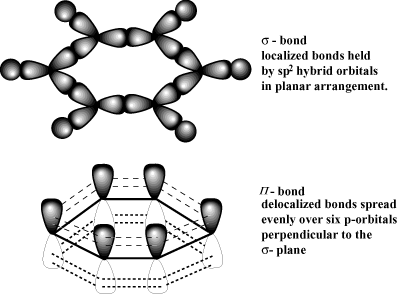Please wait while we process your payment
If you don't see it, please check your spam folder. Sometimes it can end up there.
If you don't see it, please check your spam folder. Sometimes it can end up there.
Please wait while we process your payment

By signing up you agree to our terms and privacy policy.
Don’t have an account? Subscribe now
Create Your Account
Sign up for your FREE 7-day trial
By signing up you agree to our terms and privacy policy.
Already have an account? Log in
Your Email
Choose Your Plan
Individual
Group Discount
Save over 50% with a SparkNotes PLUS Annual Plan!
 payment page
payment page
Purchasing SparkNotes PLUS for a group?
Get Annual Plans at a discount when you buy 2 or more!
Price
$24.99 $18.74 /subscription + tax
Subtotal $37.48 + tax
Save 25% on 2-49 accounts
Save 30% on 50-99 accounts
Want 100 or more? Contact us for a customized plan.
 payment page
payment page
Your Plan
Payment Details
Payment Summary
SparkNotes Plus
You'll be billed after your free trial ends.
7-Day Free Trial
Not Applicable
Renews July 12, 2025 July 5, 2025
Discounts (applied to next billing)
DUE NOW
US $0.00
SNPLUSROCKS20 | 20% Discount
This is not a valid promo code.
Discount Code (one code per order)
SparkNotes PLUS Annual Plan - Group Discount
Qty: 00
SparkNotes Plus subscription is $4.99/month or $24.99/year as selected above. The free trial period is the first 7 days of your subscription. TO CANCEL YOUR SUBSCRIPTION AND AVOID BEING CHARGED, YOU MUST CANCEL BEFORE THE END OF THE FREE TRIAL PERIOD. You may cancel your subscription on your Subscription and Billing page or contact Customer Support at custserv@bn.com. Your subscription will continue automatically once the free trial period is over. Free trial is available to new customers only.
Choose Your Plan
This site is protected by reCAPTCHA and the Google Privacy Policy and Terms of Service apply.
For the next 7 days, you'll have access to awesome PLUS stuff like AP English test prep, No Fear Shakespeare translations and audio, a note-taking tool, personalized dashboard, & much more!
You’ve successfully purchased a group discount. Your group members can use the joining link below to redeem their group membership. You'll also receive an email with the link.
Members will be prompted to log in or create an account to redeem their group membership.
Thanks for creating a SparkNotes account! Continue to start your free trial.
We're sorry, we could not create your account. SparkNotes PLUS is not available in your country. See what countries we’re in.
There was an error creating your account. Please check your payment details and try again.
Please wait while we process your payment

Your PLUS subscription has expired
Please wait while we process your payment
Please wait while we process your payment

Molecular Orbital Theory
One of the greatest successes of MO theory is that it accounts for electron delocalization in a natural way. We have seen that some molecules require resonance structures to be represented accurately. In all such cases, electrons are delocalized over several bonds/atoms. One main drawback of the VB model is that it assigns electrons to specific atoms/bonds and therefore breaks down when it comes to explaining delocalized electrons. The MO model has no such problem; it offers a clean approach to describing delocalization that is superior to writing a bunch of awkward resonance structures.
Unfortunately, the complexity of the full MO model increases exponentially with the size of the molecule. In order for MO theory to be useful in practice, we limit its application to portions of a molecule that are extensively delocalized. This often occurs when Π electrons and lone pairs overlap over several contiguous atoms.
Let us once again consider benzene, the classic example of resonance.
Recall that benzene consists of six identical C-C bonds each with a bond
order of 1 1/2. In order to gain a reasonably simple MO treatment of
benzene, the key is to consider the Π framework separately from the σ
framework. We can assume that the σ bonds are fairly localized and are
accurately described by the VB Model. The six Π electrons can be
considered in a separate MO scheme without much loss of accuracy and
predictive power.

Please wait while we process your payment

